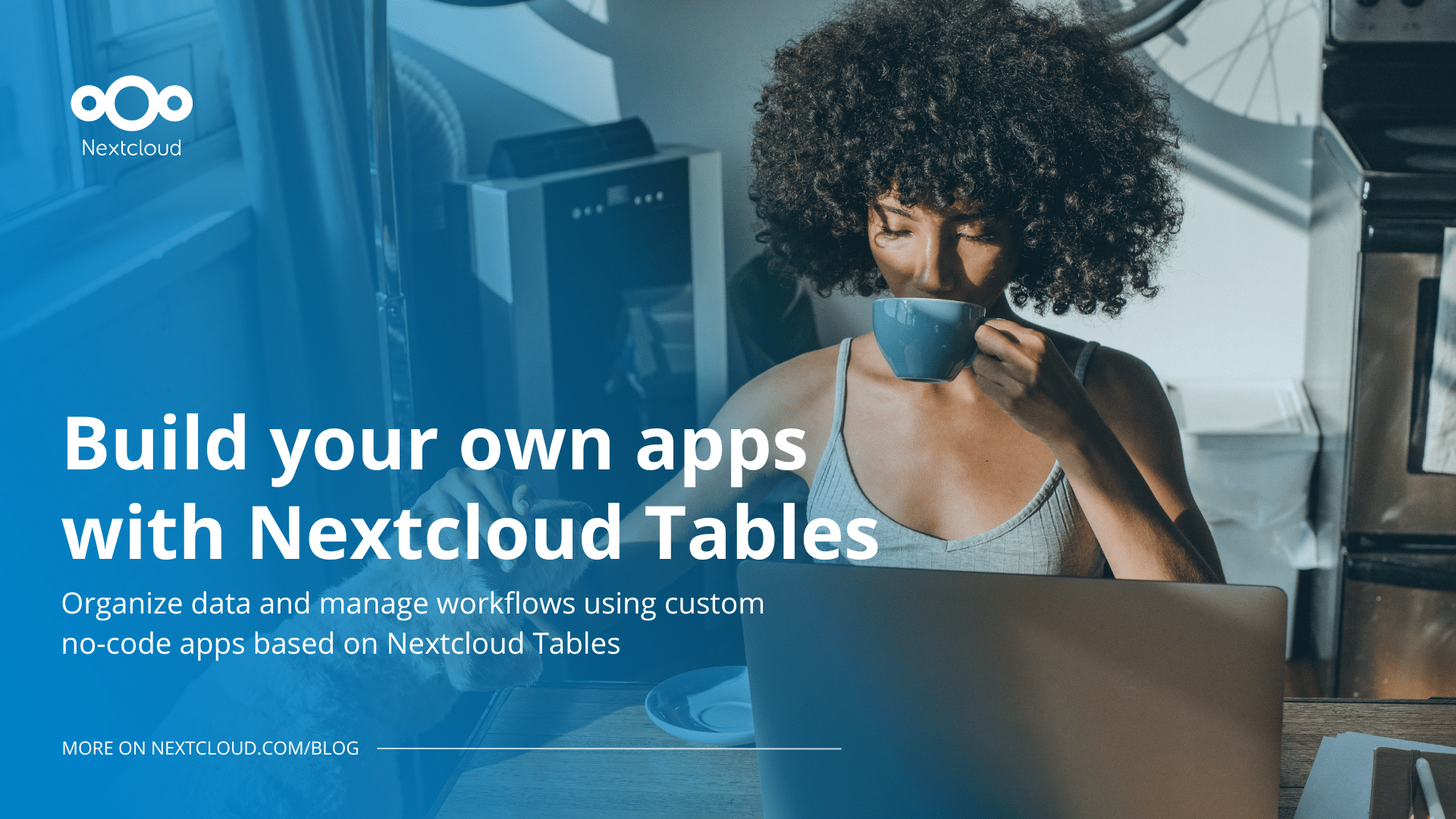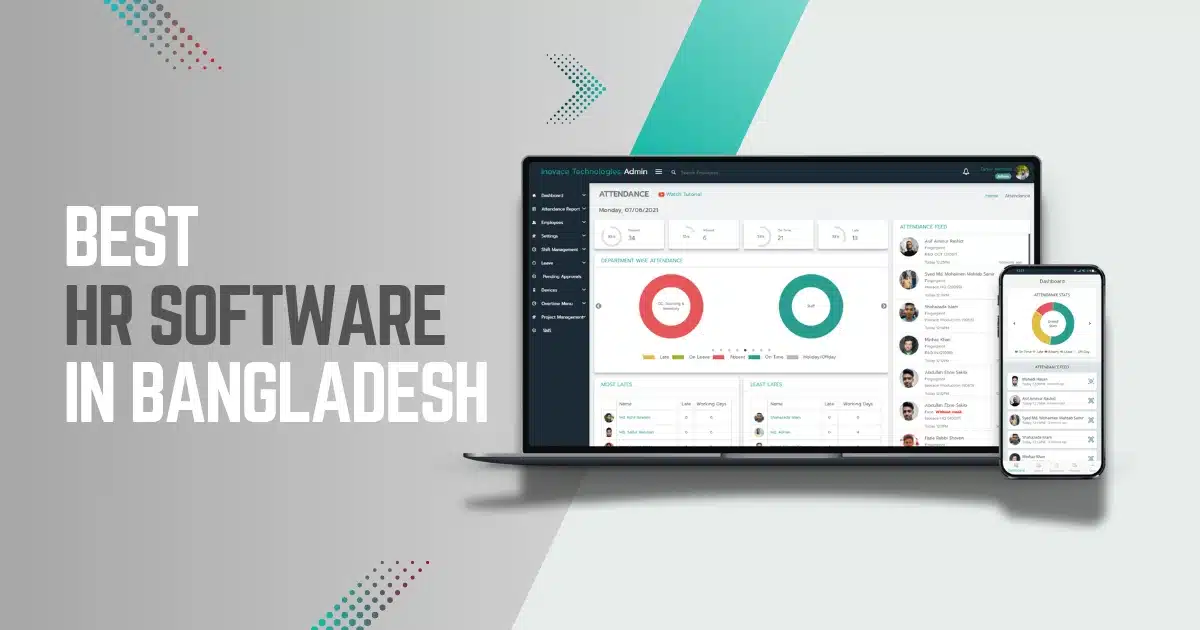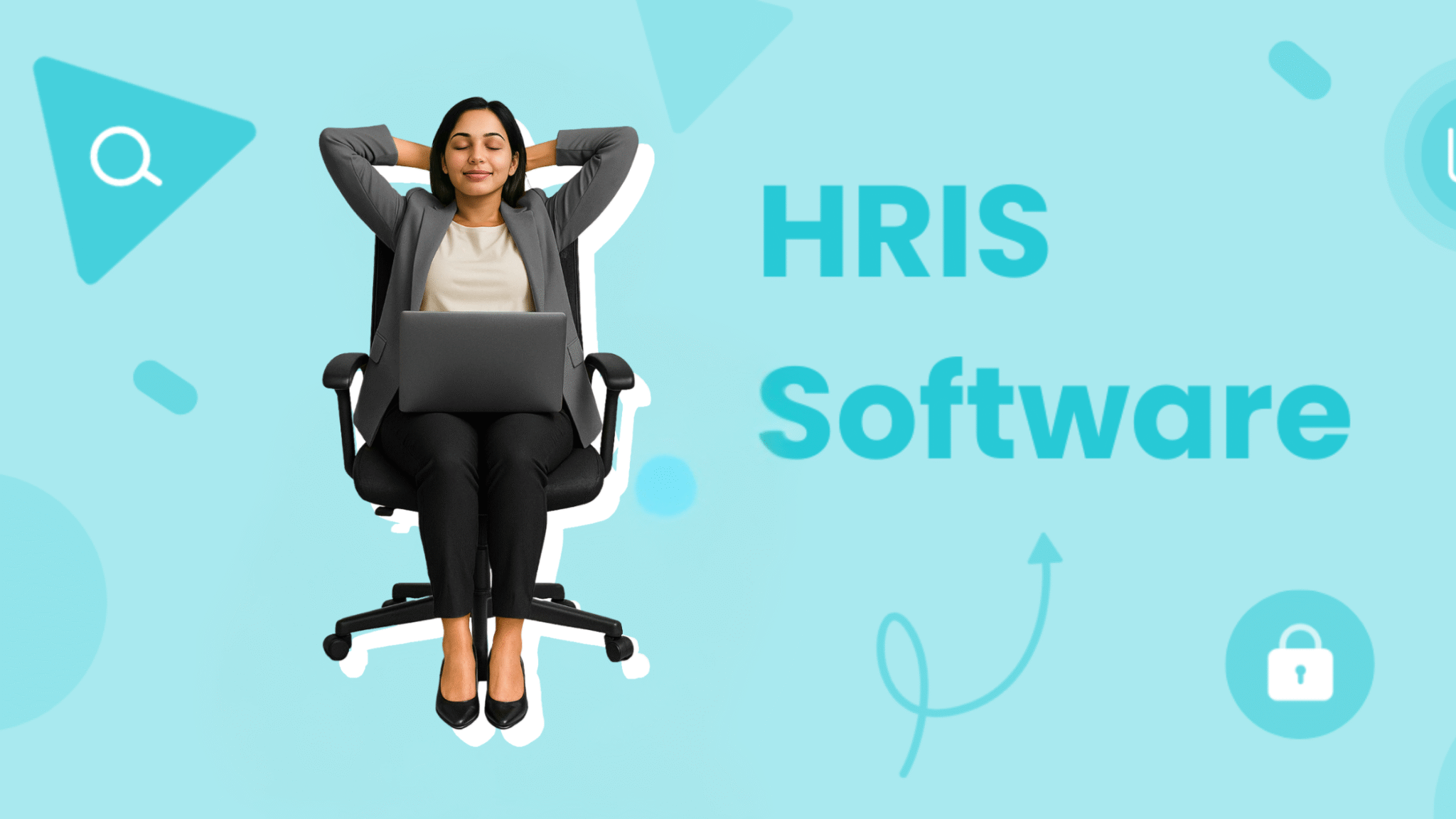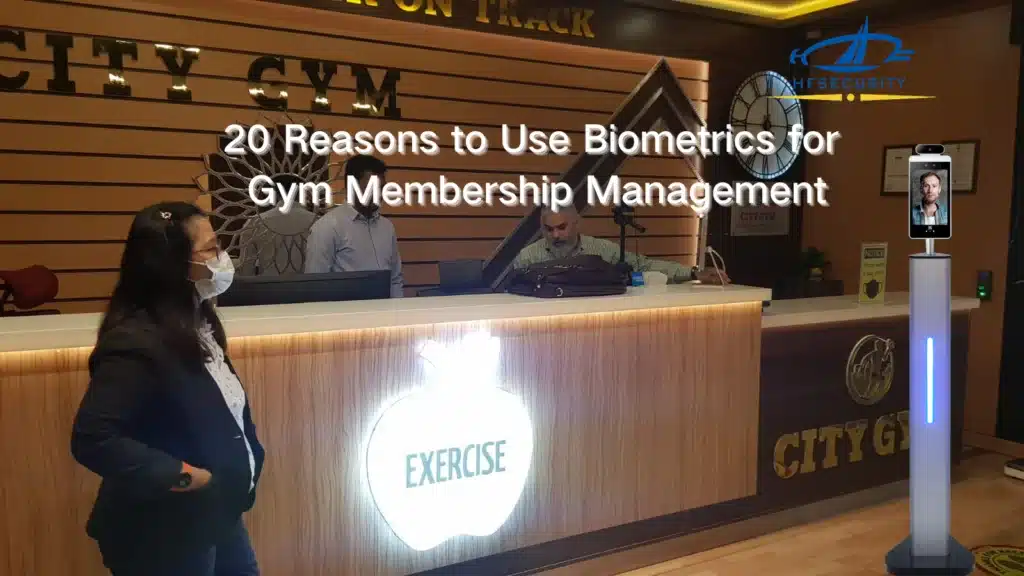Managing HR tasks can be complex. Many companies use enterprise HR clouds to make this easier. No-code workflows help in this process. You do not need coding skills to build these workflows. This guide will help you understand how.

Credit: nextcloud.com
What is a No-Code Workflow?
A no-code workflow is a process automation tool. It lets you create workflows without writing code. You use a visual interface to build these workflows. This is simple and easy. Anyone can do it.
Benefits Of No-code Workflows
There are many benefits to using no-code workflows in HR:
- Save time
- Reduce errors
- Improve efficiency
- Easy to use
- Cost-effective

Credit: kissflow.com
Steps to Build No-Code Workflows
Building no-code workflows involves several steps. Let’s go through them one by one.
1. Identify Hr Tasks
First, identify the HR tasks you want to automate. These tasks could be onboarding new employees, managing leave requests, or tracking performance.
2. Choose A No-code Platform
There are many no-code platforms available. Some popular ones include:
- Tipsoi
- Zapier
- Integromat
Choose a platform that suits your needs.
3. Create A Workflow
Once you have chosen a platform, you can start creating your workflow. Here are the basic steps:
- Open the platform.
- Use the drag-and-drop interface.
- Add the tasks you want to automate.
- Connect the tasks in the order they should happen.
4. Test Your Workflow
After creating your workflow, test it. Make sure it works as expected. Fix any issues that come up during testing.
5. Deploy Your Workflow
Once you are happy with your workflow, deploy it. This means putting it into action. Your HR tasks are now automated!
Example: Onboarding New Employees
Let’s look at an example workflow for onboarding new employees. Here are the steps:
- Send a welcome email.
- Set up a new employee account.
- Schedule orientation.
- Assign a mentor.
Step-by-step Guide
Here is a step-by-step guide to creating this workflow:
| Step | Action |
|---|---|
| 1 | Open the no-code platform. |
| 2 | Drag and drop the “Send Email” task. |
| 3 | Drag and drop the “Create Account” task. |
| 4 | Drag and drop the “Schedule Meeting” task. |
| 5 | Drag and drop the “Assign Mentor” task. |
| 6 | Connect the tasks in order. |
| 7 | Test the workflow. |
| 8 | Deploy the workflow. |
Tips for Success
Here are some tips to help you succeed with no-code workflows:
- Start small.
- Focus on key tasks.
- Test your workflows regularly.
- Keep workflows simple.
- Seek feedback from users.
Common Mistakes
Avoid these common mistakes:
- Overcomplicating workflows.
- Not testing workflows.
- Ignoring user feedback.
Frequently Asked Questions
What Are No-code Workflows In Hr?
No-code workflows are processes built without coding. They automate HR tasks.
Why Use No-code Tools In Hr Workflows?
No-code tools save time and reduce errors. They are easy to use.
How Do No-code Platforms Benefit Hr Teams?
They simplify complex processes. HR teams can focus on people, not paperwork.
Which Hr Tasks Can Be Automated With No-code Tools?
Recruitment, onboarding, payroll, and performance reviews can be automated.
Conclusion
No-code workflows can make HR tasks easier. They save time and reduce errors. Anyone can build them. Follow the steps in this guide. Start with simple tasks. Test your workflows. Make improvements as needed. You can create efficient, effective HR processes with no-code workflows.








